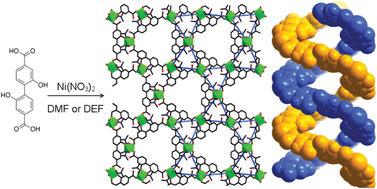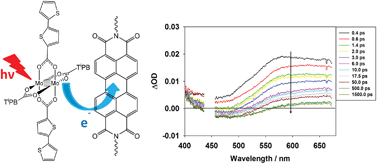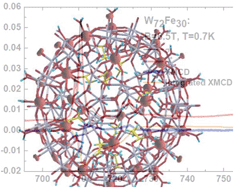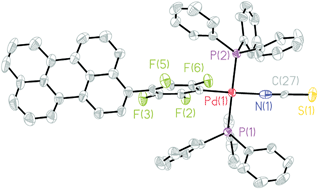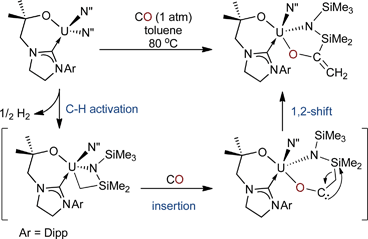Last chance to submit your oral abstract ![]()
You may have thought you had missed your chance to submit an abstract for Advancing the Chemistry of the Actinides – Dalton Discussion 14.
However, as a result of requests from the scientific community we are extending the deadline until 4 March – but please don’t delay!
This Dalton Discussion will highlight the burgeoning role and exciting prospects for actinides in modern, metal-based chemistry, focusing on the following themes:
• Probing structure and bonding in actinide compounds
• Actinide properties and materials applications
• Advances in actinide reactivity and catalysis
• Actinides in the environment
See full details of submitting your abstract
We do hope you will take the opportunity to join this Discussion where you will be able to hear from these excellent speakers:
| Keynote Geoff Cloke University of Sussex, UK Melissa Denecke Karlsruhe Institute of Technology, Germany Laurent Maron Université Paul Sabatier, Toulouse, France Jeffrey Long University of California, Berkeley, USA |
Invited Nik Kaltsoyannis University College London, UK Marinella Mazzanti CEA, Grenoble, France Paula Diaconescu University of California, Los Angeles, USA Jonathan Lloyd University of Manchester, UK |
In addition you can take advantage of networking with other delegates with interest and experience in actinide chemistry, at both the interactive poster sessions and the conference dinner.












